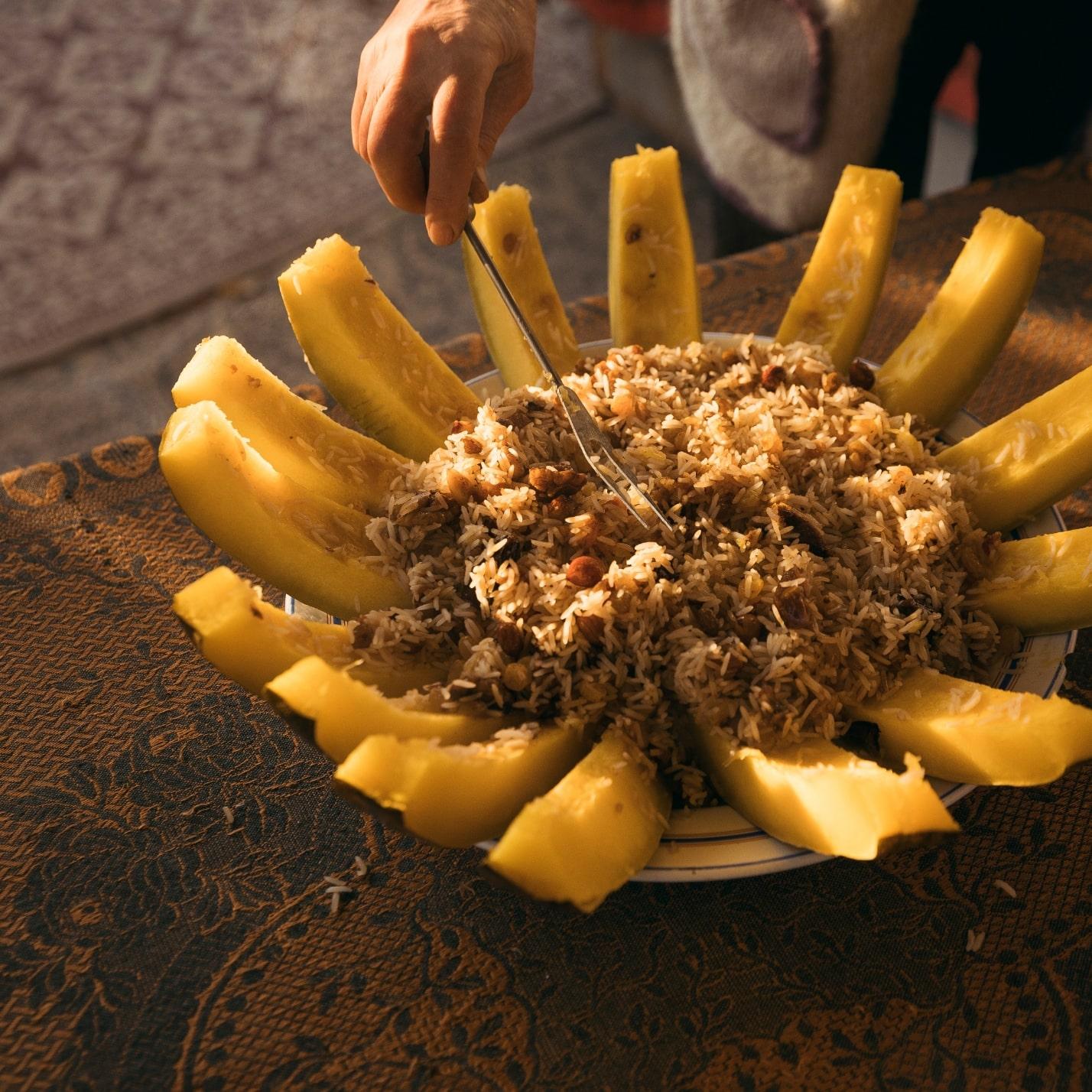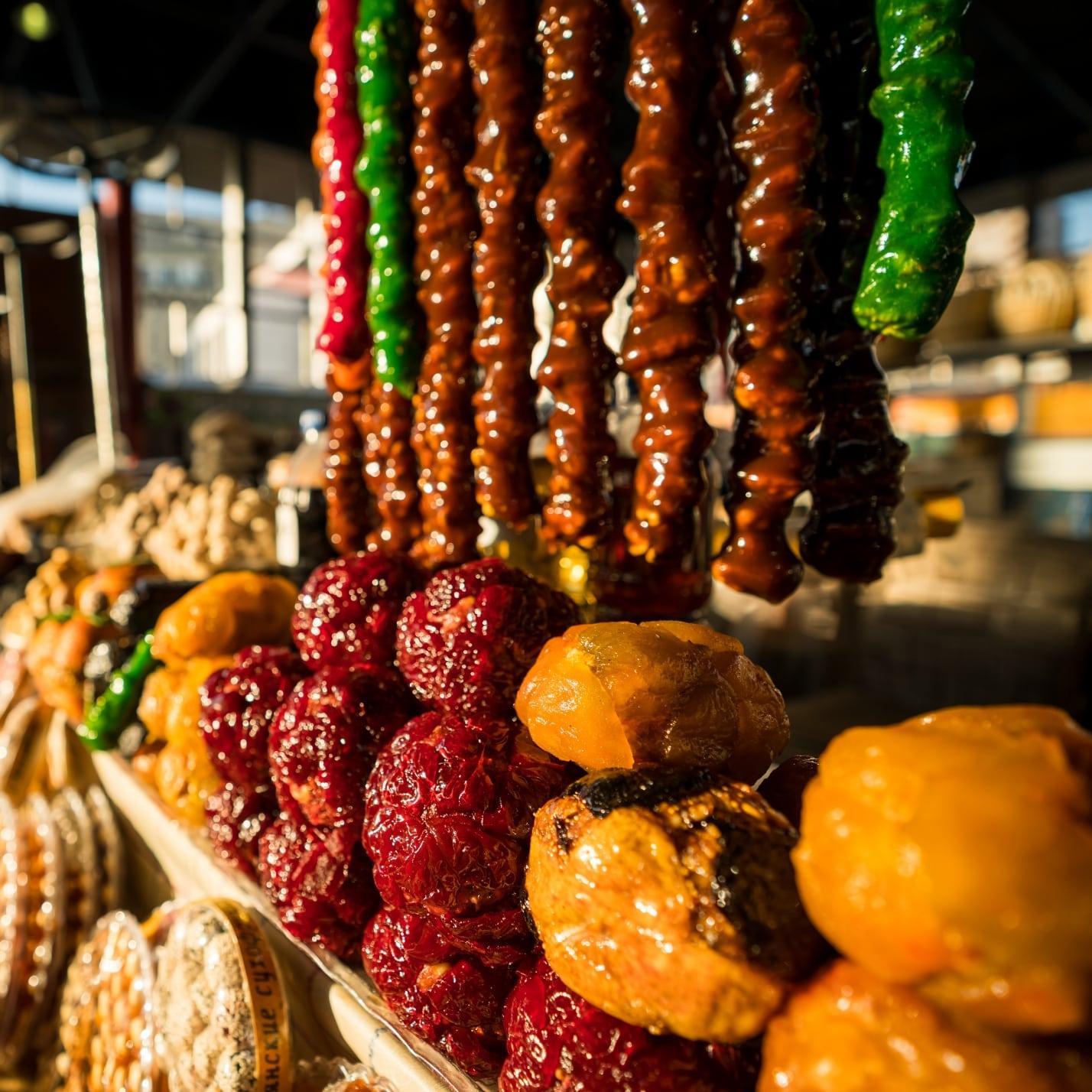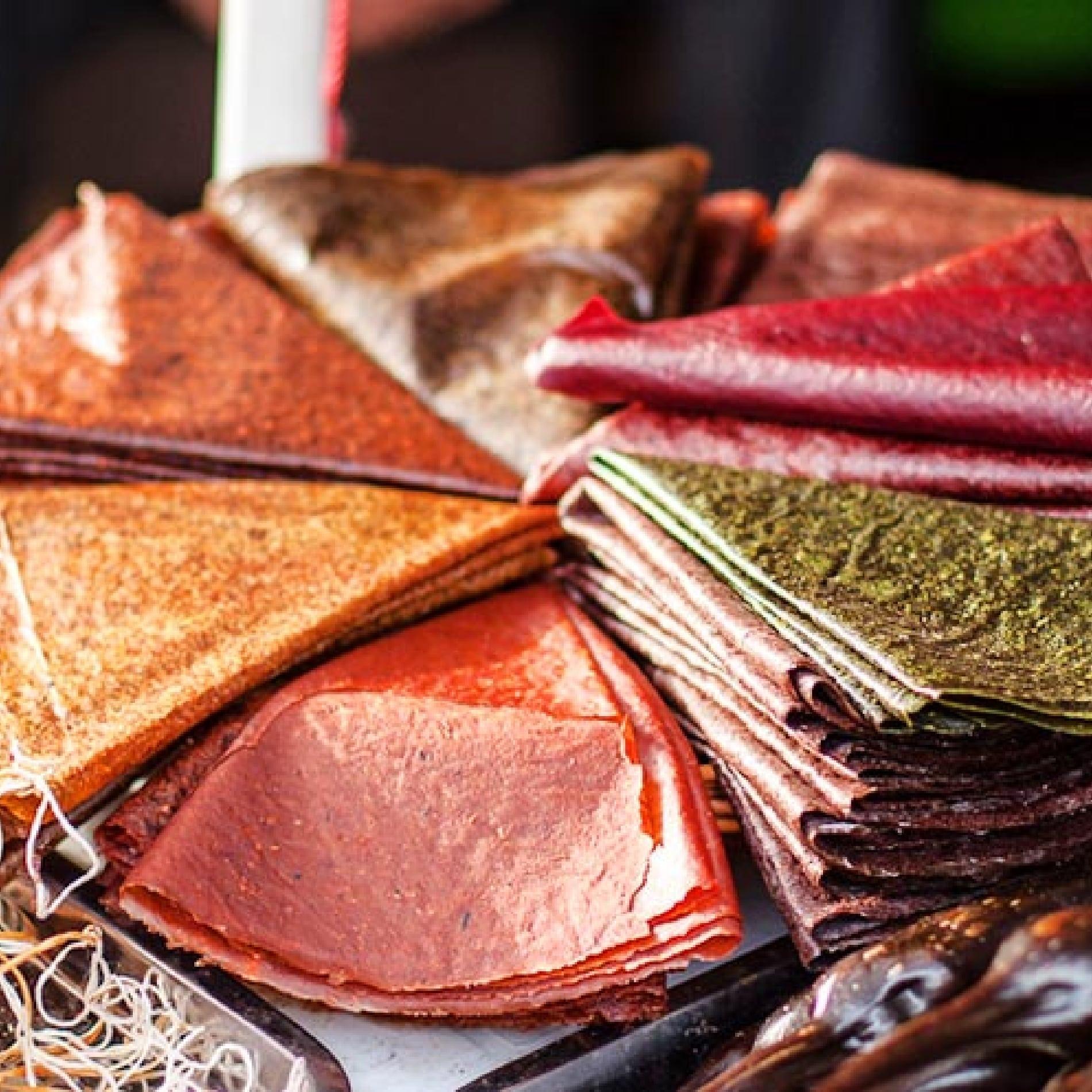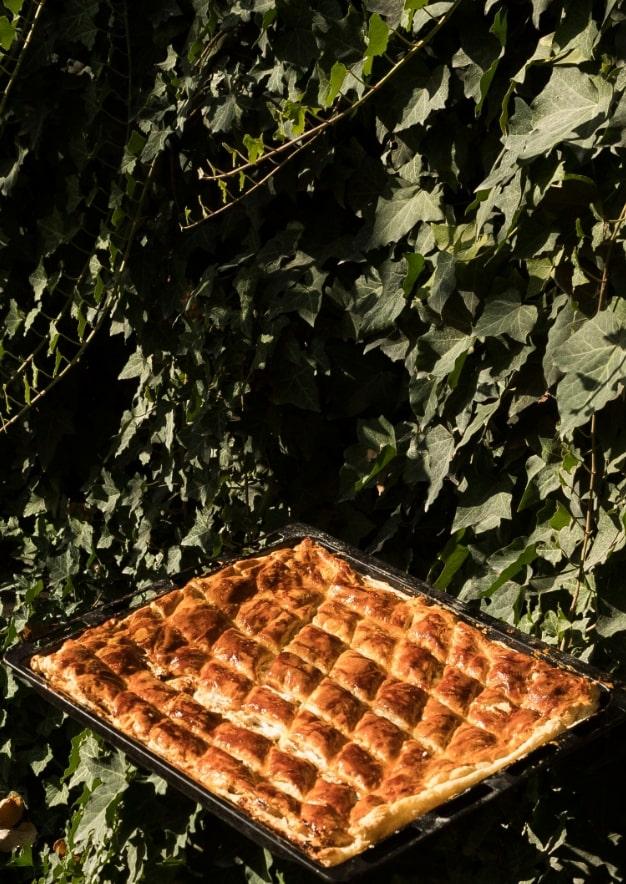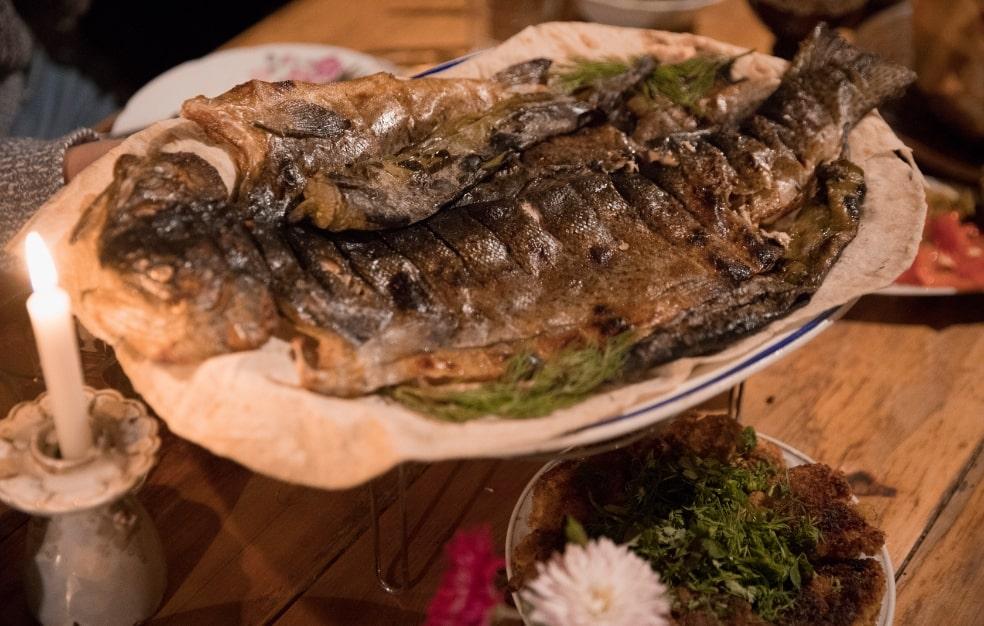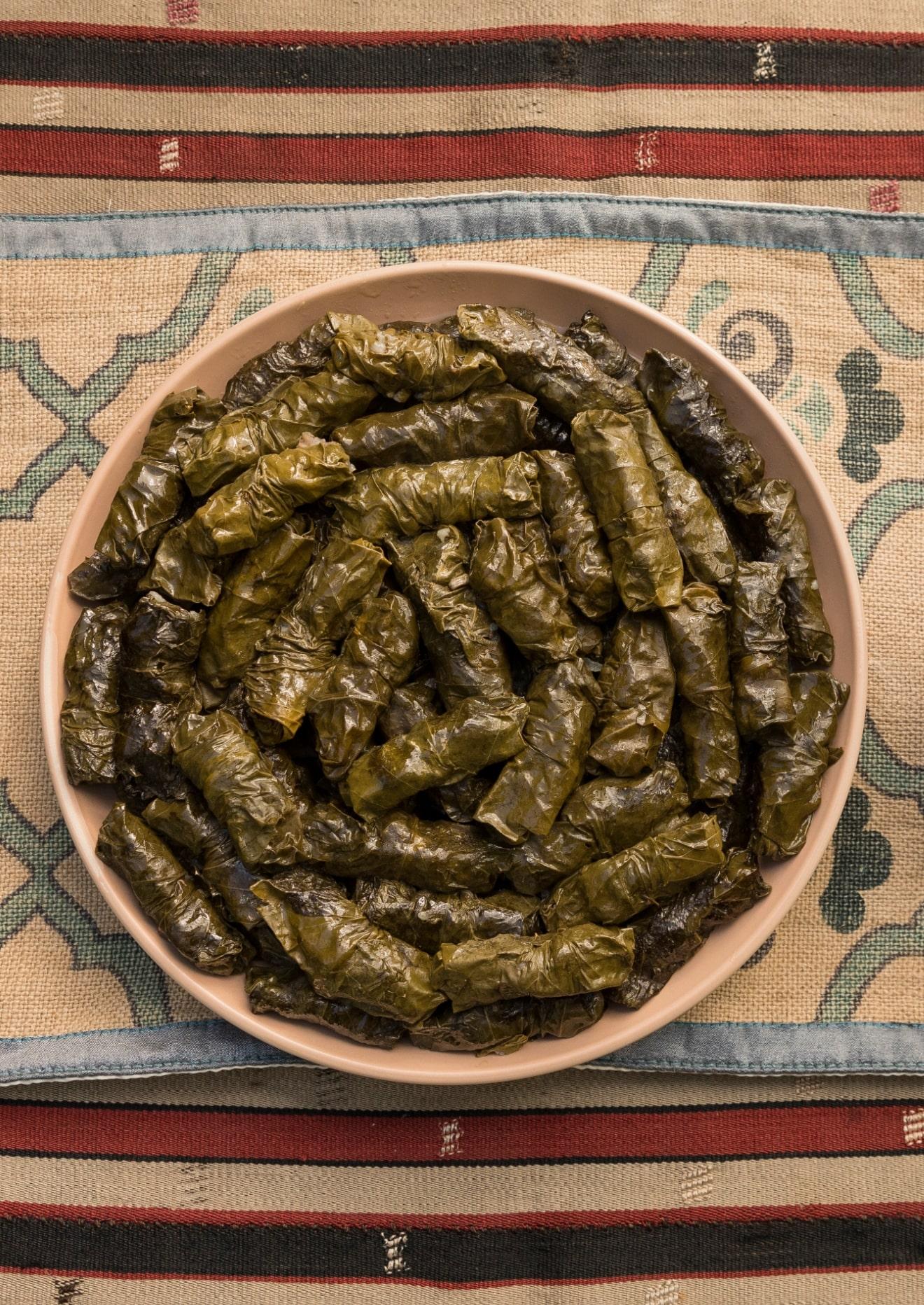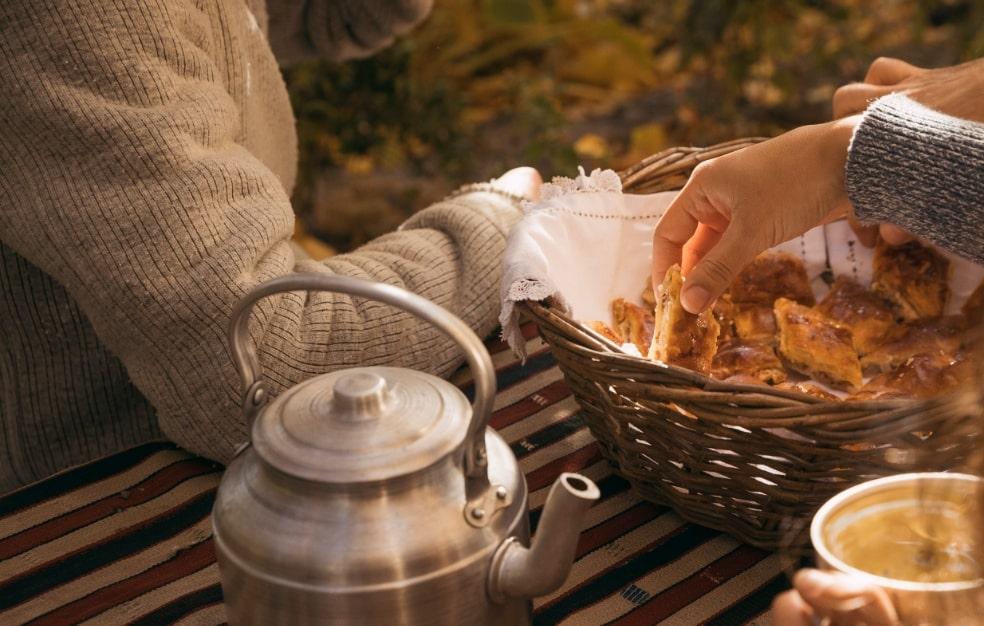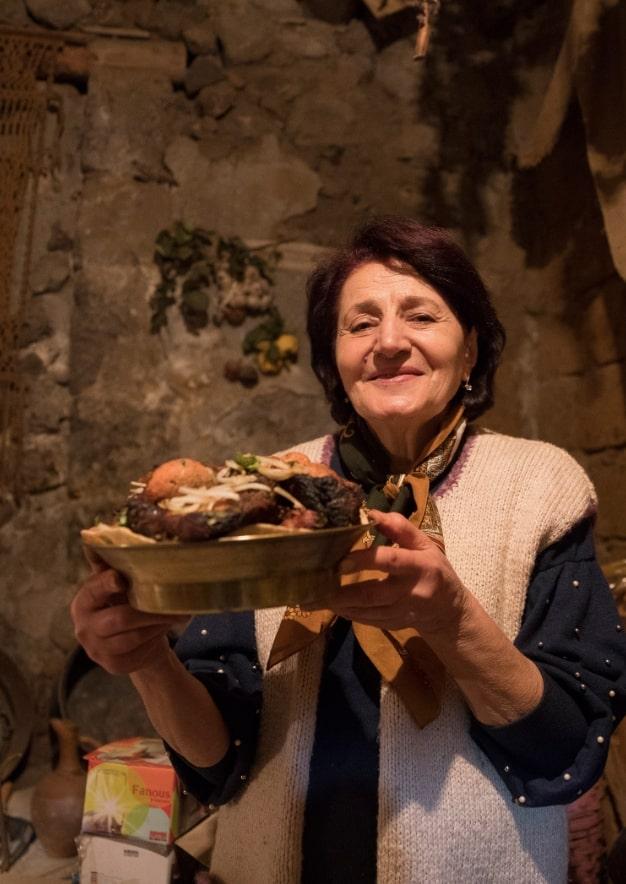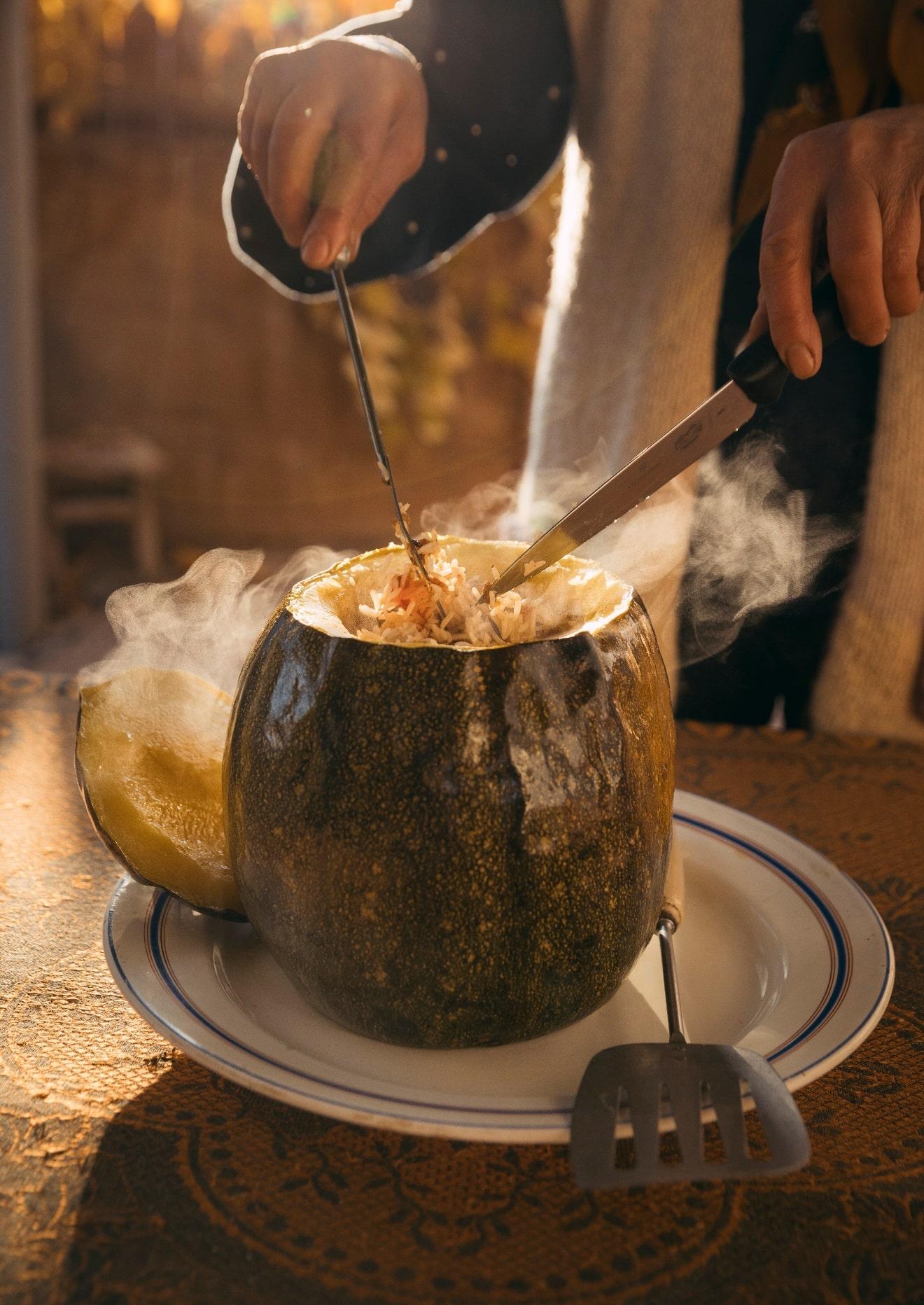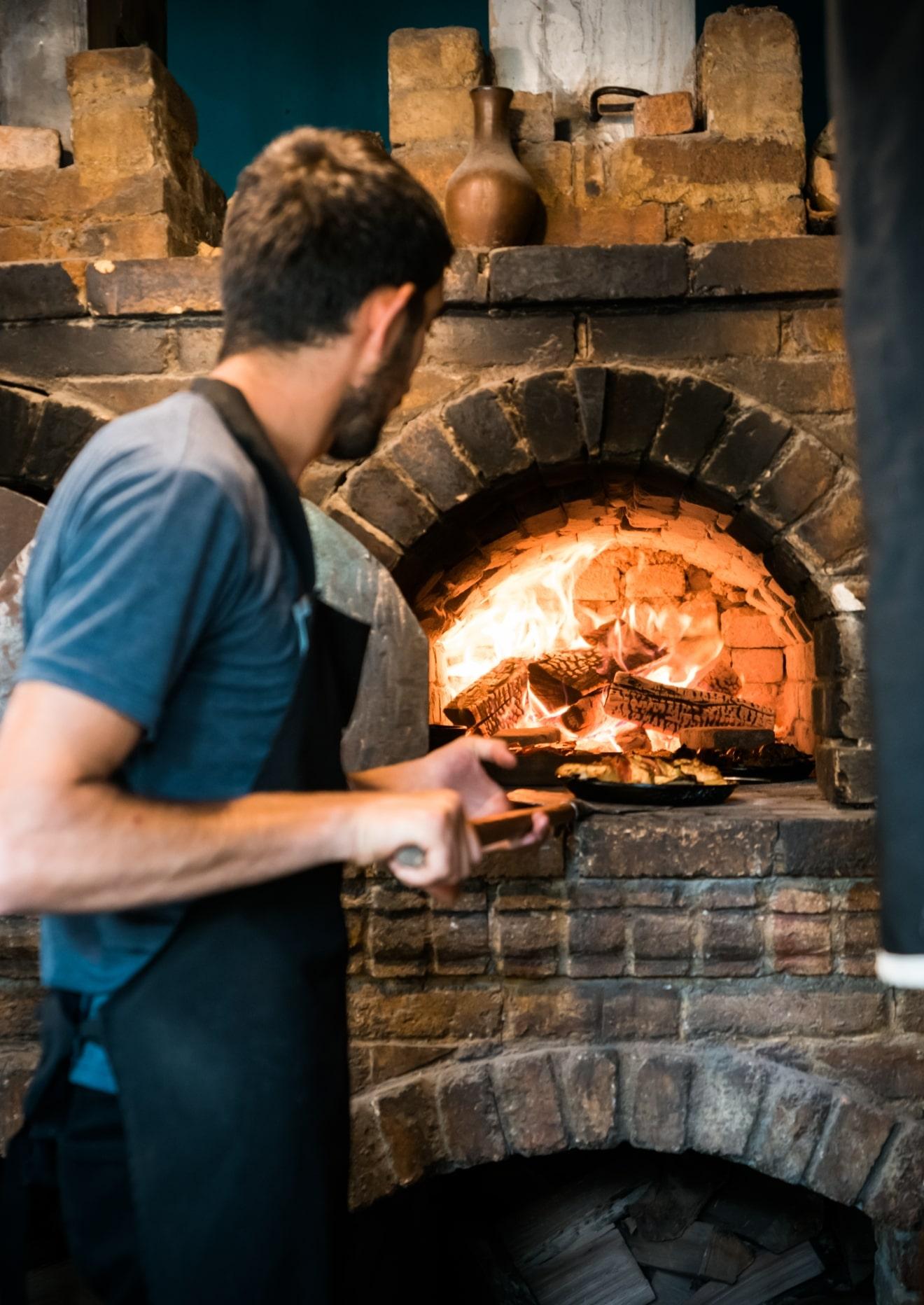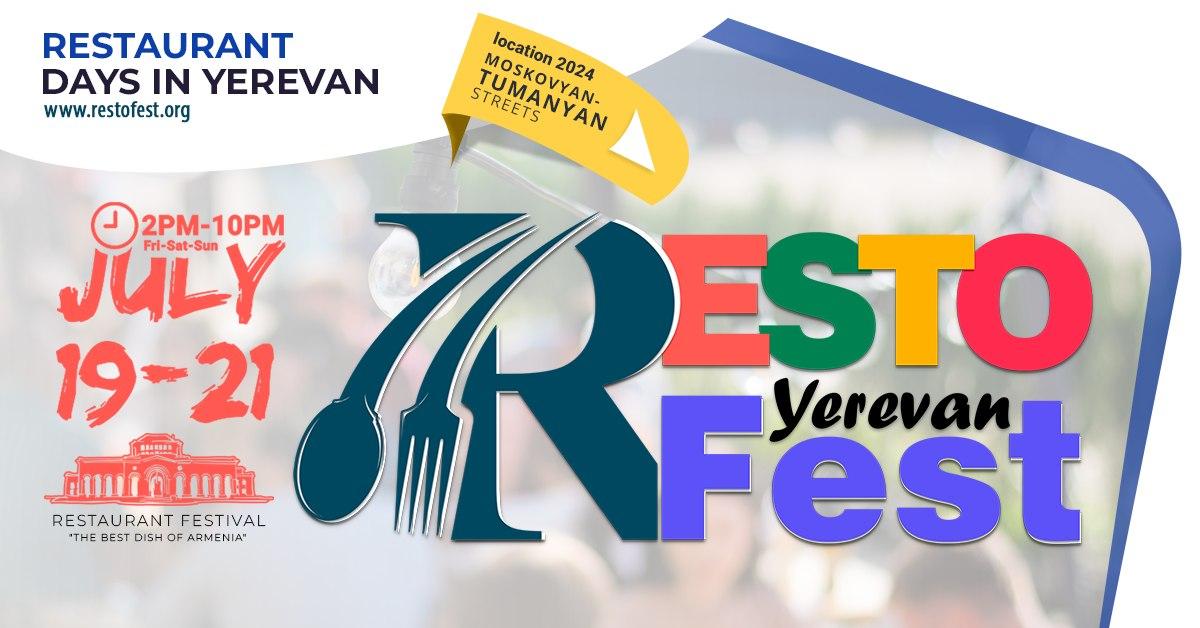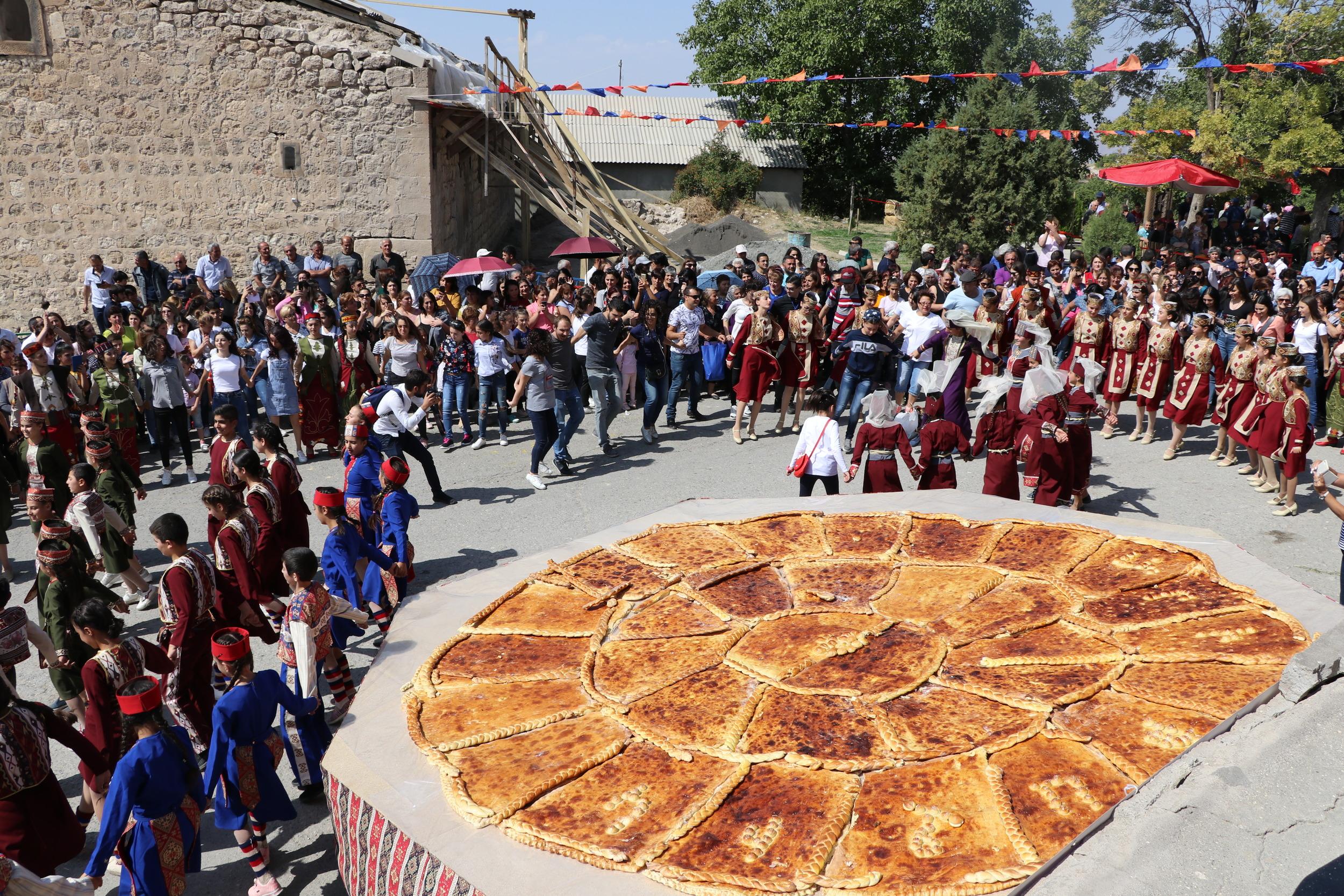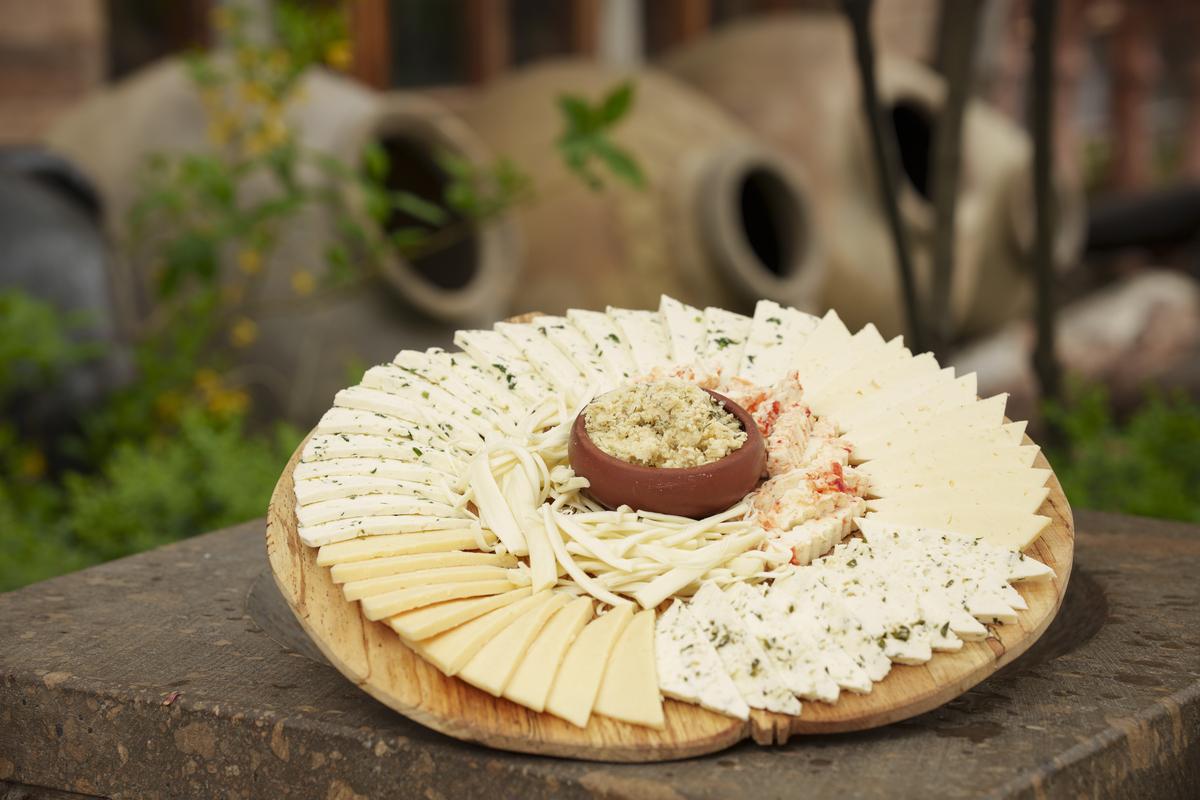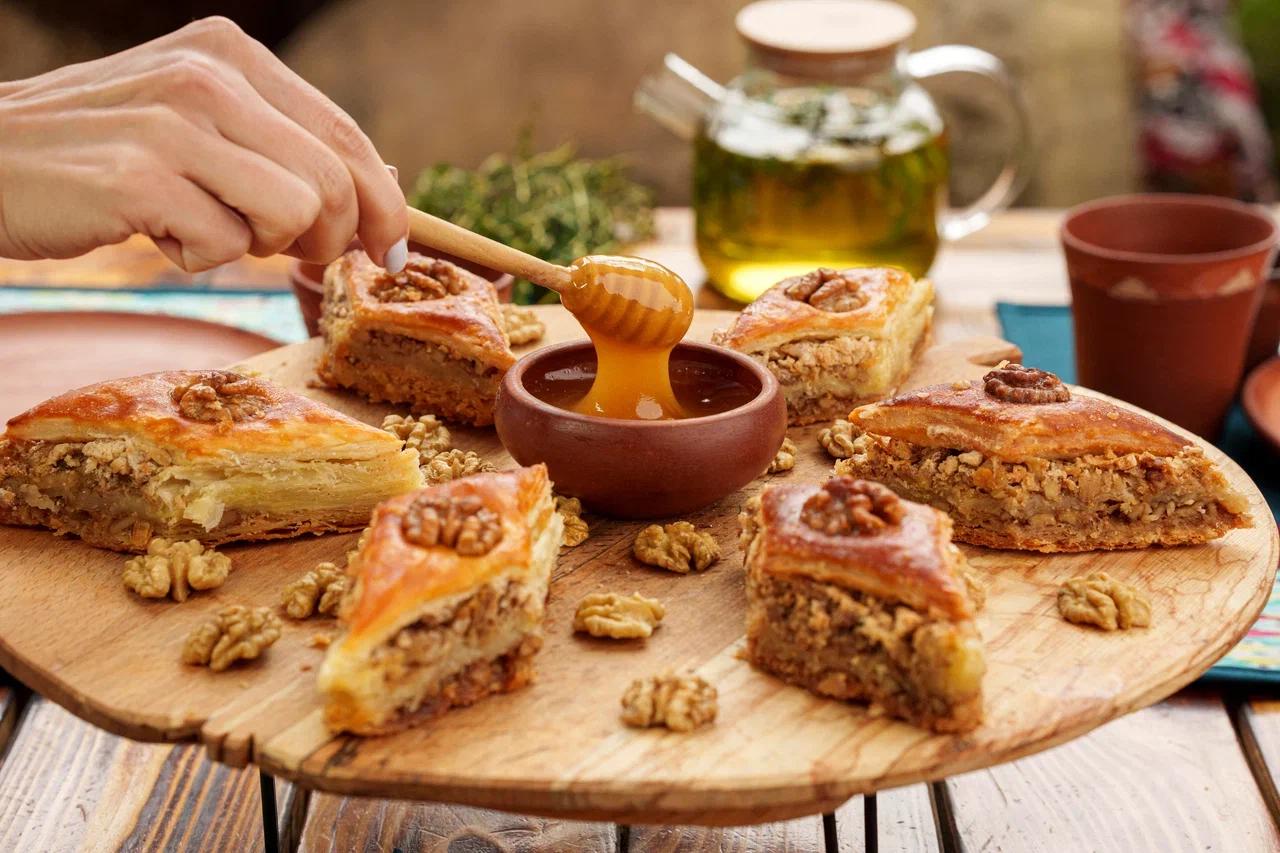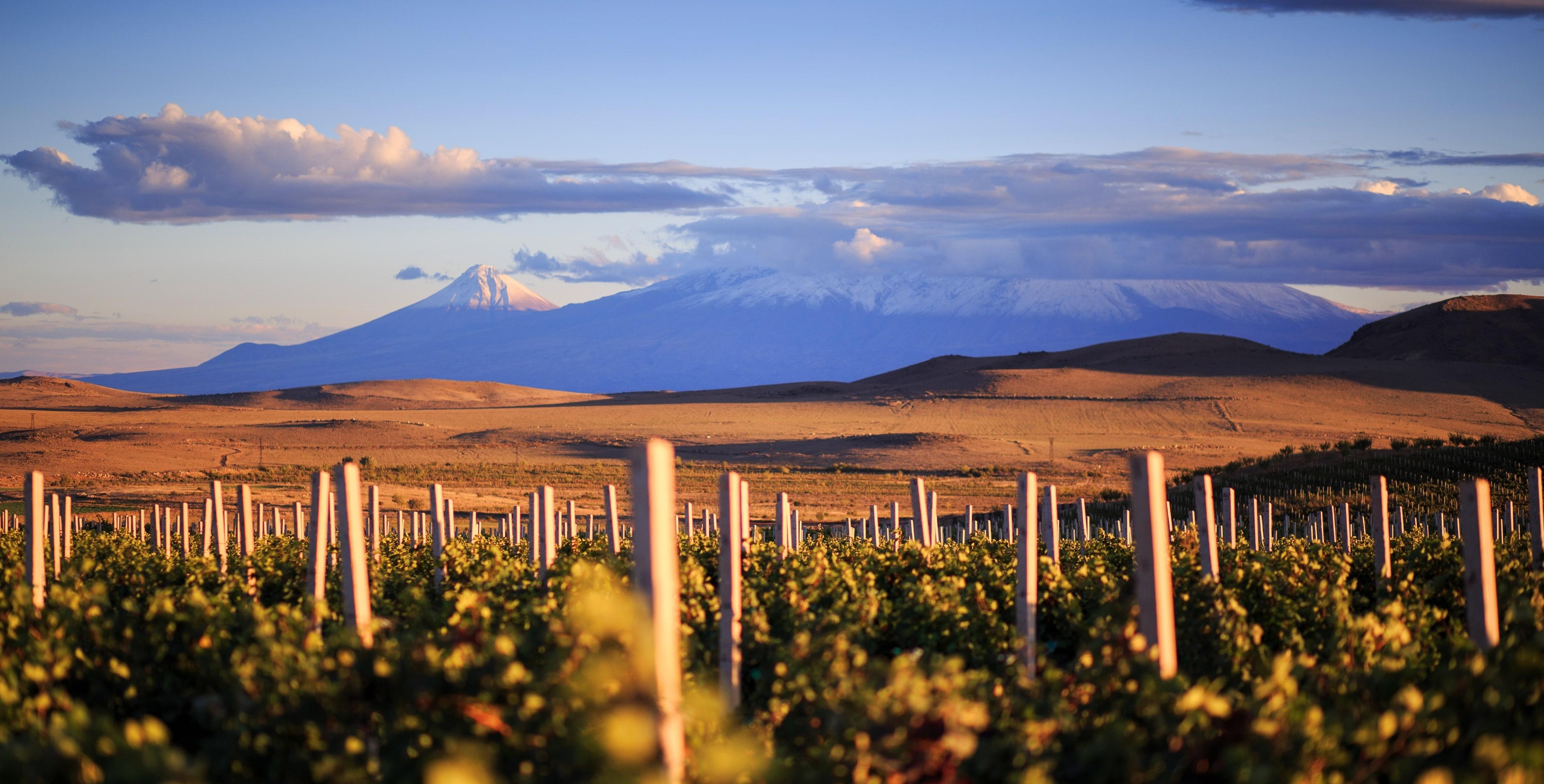
Things to Do
CULINARY SCENE
Armenian Cuisine
Armenian
Armenia on a Plate

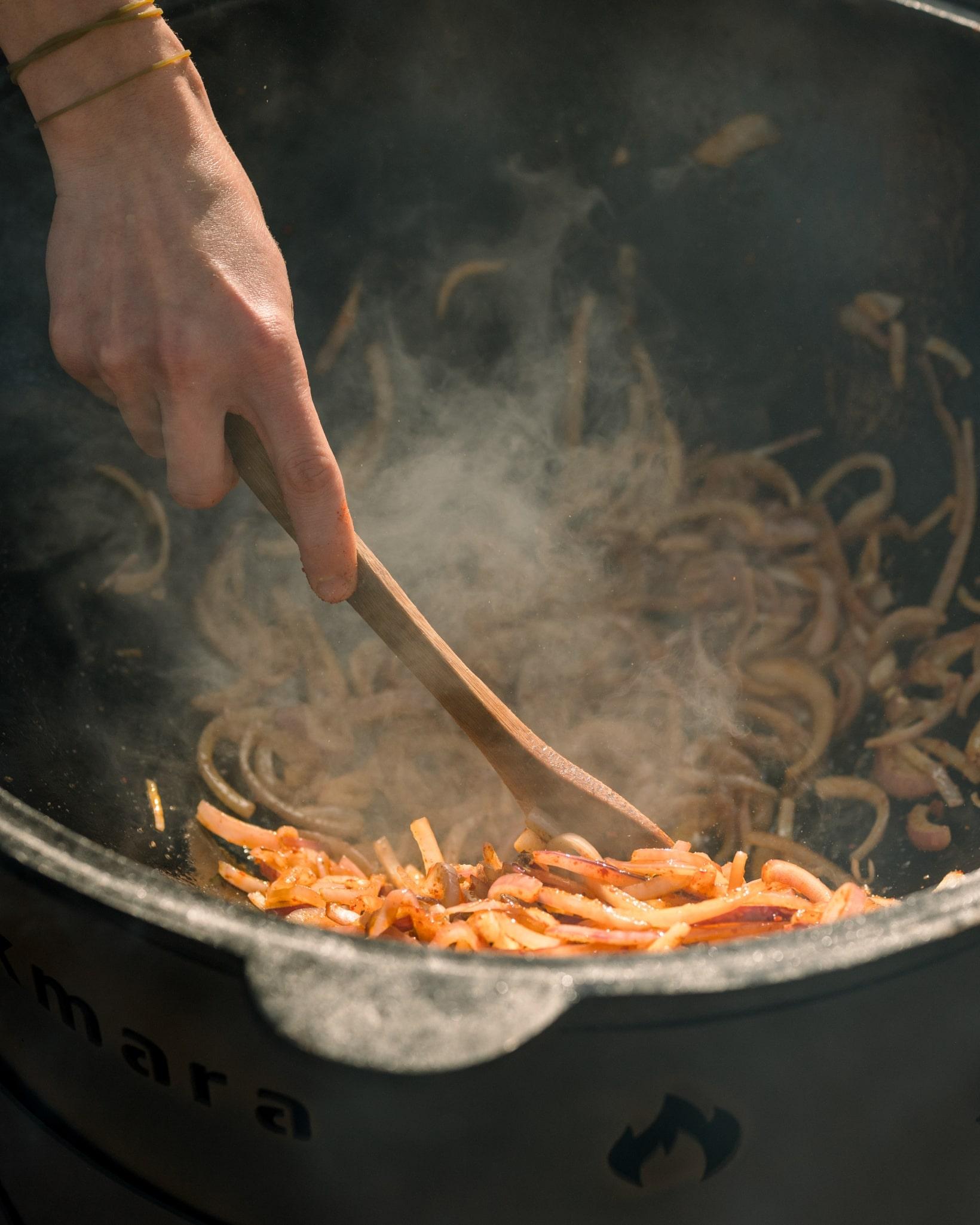

A Brief History of Armenian Cuisine
Armenia sits at a crosspoint between the Middle East, the Eastern Mediterranean, and the Caucasus. So, Armenian cuisine naturally reflects a broad palette of flavors you can experience in every bite. Against the backdrop of the regional culinary scene, Armenian cuisine includes distinct features, unique flavors, and unmistakably Armenian tastes.
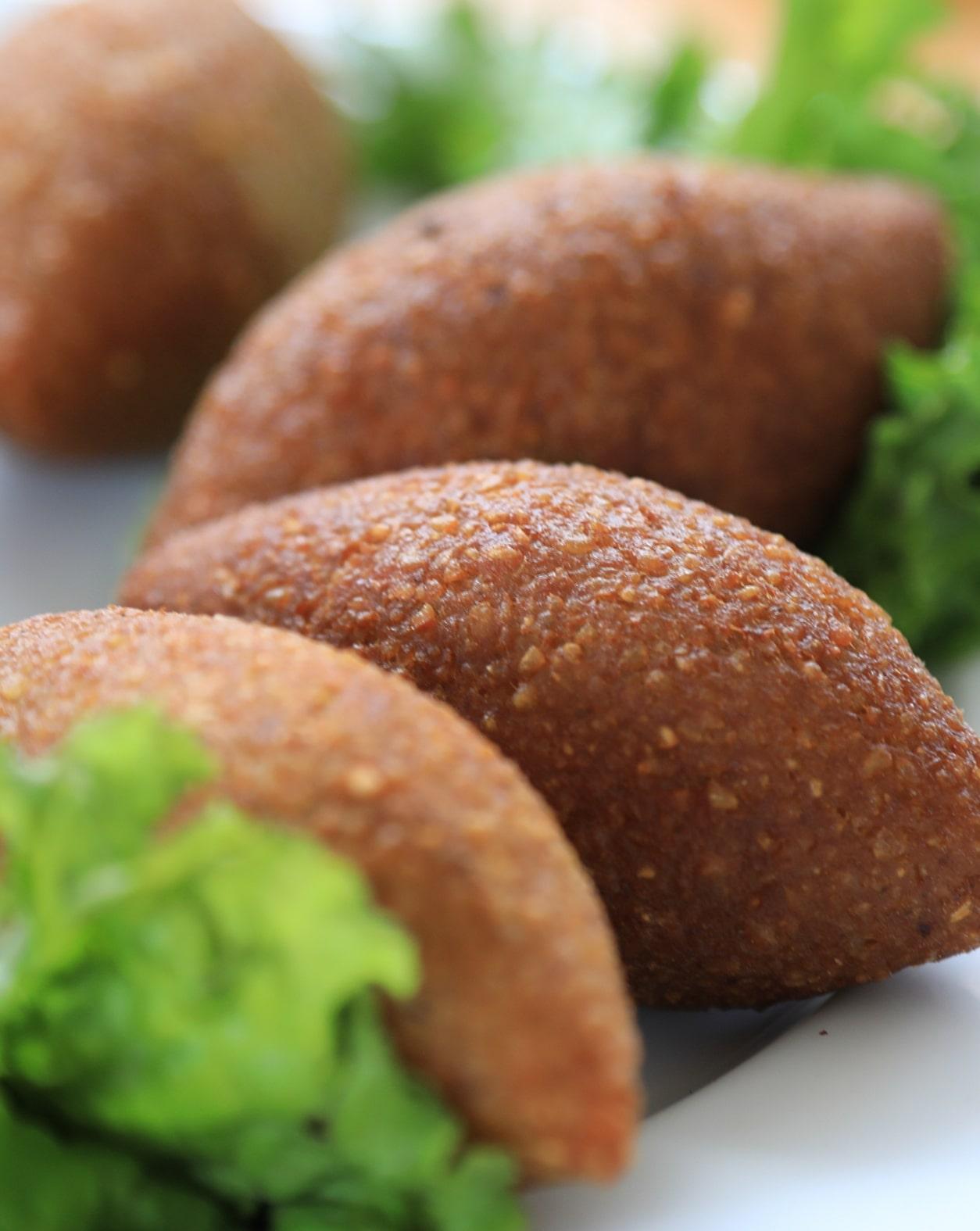
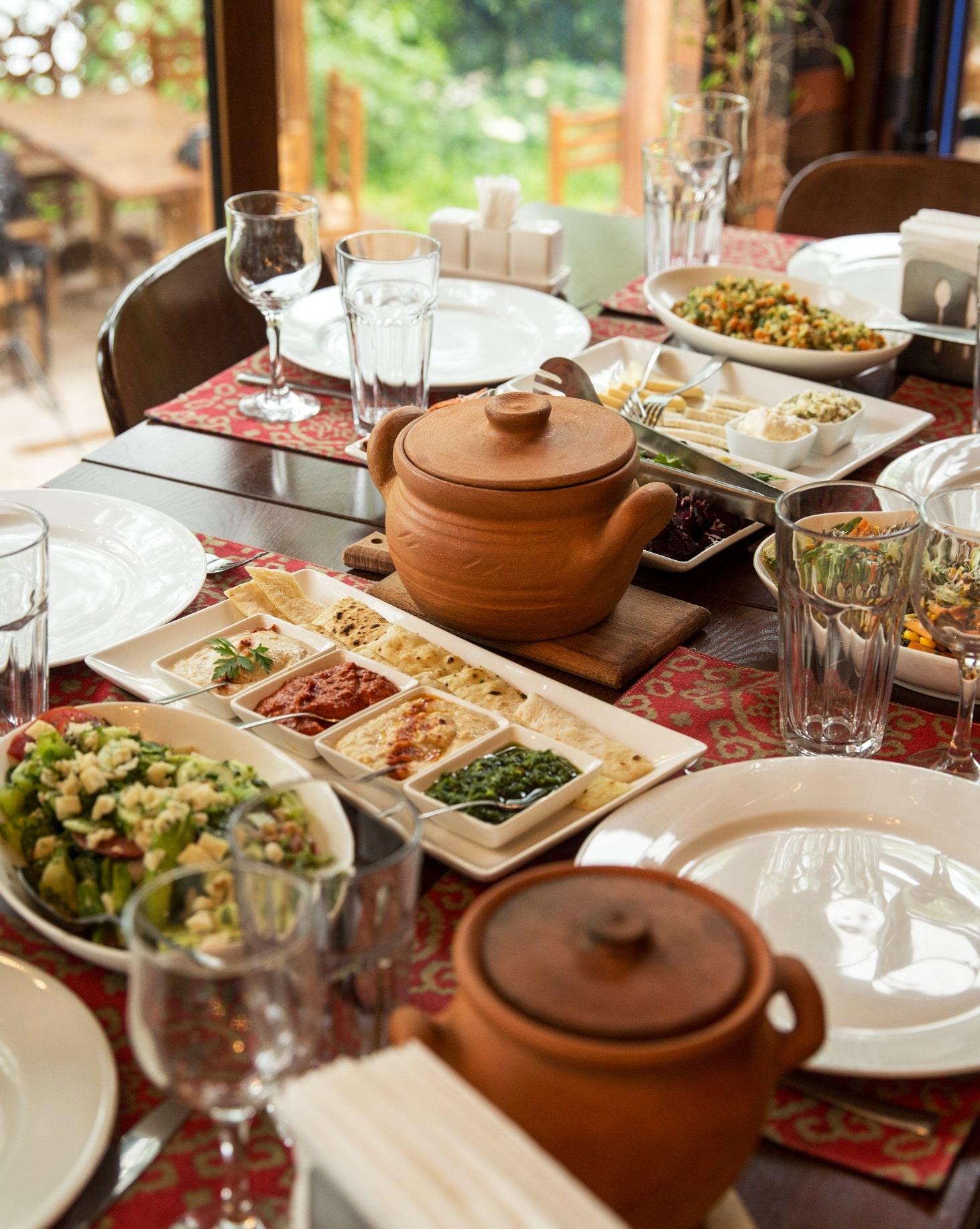
Traditional Flavors
The tonir, a hearth dug into the ground similar to the Indian 'tandoor,' has always been the most common feature of local cuisine. The tonir can be used for cooking, baking, and keeping warm during the winter. The most common Armenian dish is lavash, a large, thin bread made in the tonir. Wrapped in that lavash, you can taste Khorovats (barbecue), one of the most popular courses at Armenian festivities and family gatherings.Khorovats are Armenian barbecued meats that are typically served with grilled vegetables, peppers, tomatoes, and a generous amount of fresh herbs.
Tolma is another traditional Armenian dish in which minced meat and rice are gently wrapped in vine or cabbage leaves or stuffed into vegetables such as eggplants, peppers, and tomatoes.
Tolma also comes in vegetarian and vegan varieties, which combine seasonings with cooked beans, chickpeas, lentils (the Pasuts Tolma or Lenten Tolma), or rice.
Tzvzhik, made from veal liver and onions, and Kufta, which is essentially meat "soufflé" are two other ancient Armenian dishes that are still popular today. The cooking method for Kufta varies according to its geographical origin (Etchmiadzin or Gavar styles). Still, it's typically made with beef whipped into a soft substance and then boiled in a large lump in water before being served with melted butter on top. Another popular Middle Eastern dish is Ichli Kufta, which is made with bulgur, minced meat, walnuts and seasonings. The last but not least, the most popular regional dish which is highly valued by local gastro enthusiasts: Ghapama, a pumpkin filled with rice, dried fruits, honey and walnuts.
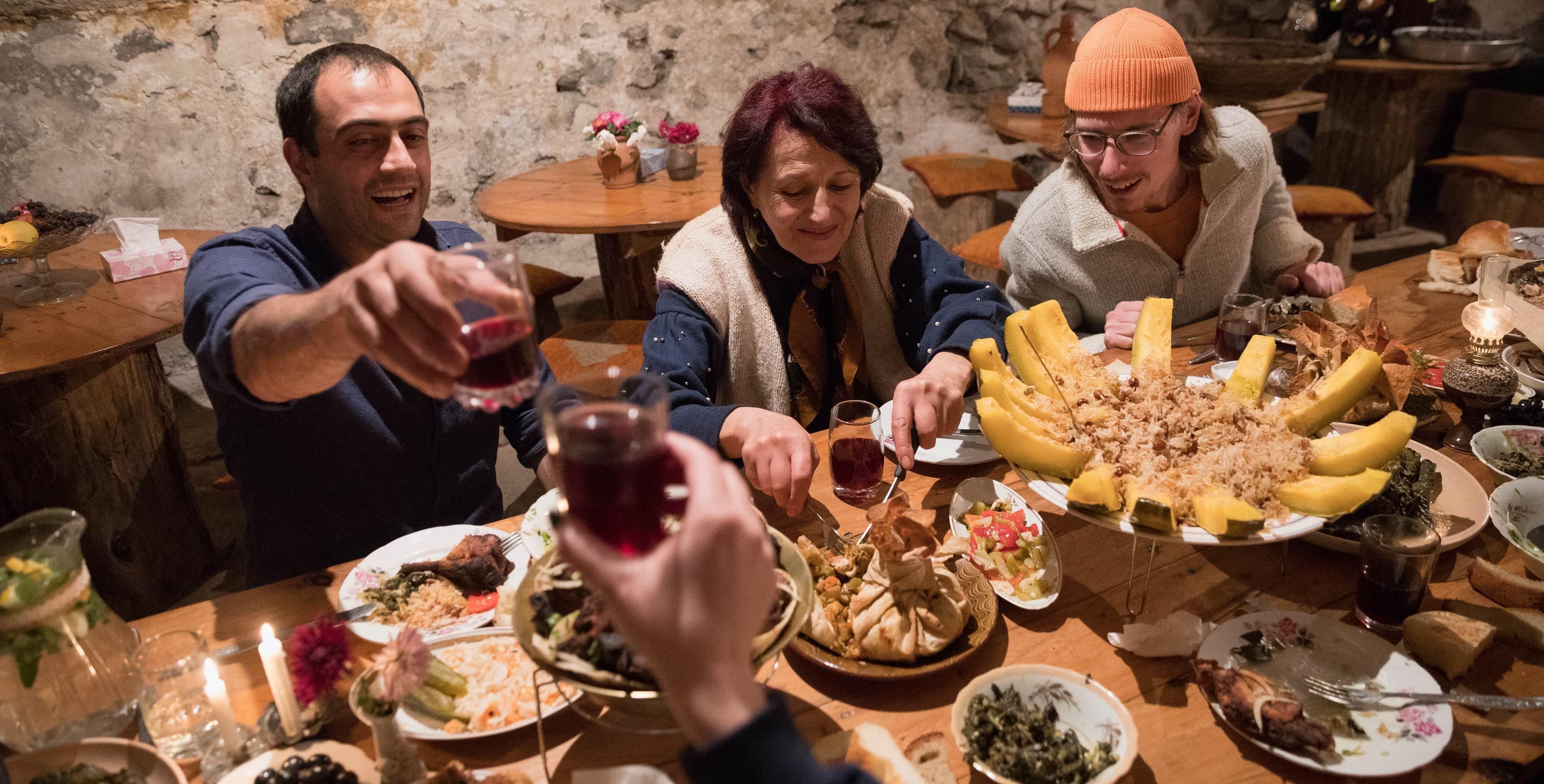
How Armenia Tastes
Local delicacies are an integral element of Armenian culture and lifestyle.
01
Preserving & Seasoning the Food
Food preservation are important aspects of Armenian cuisine. These processes continue to be a family tradition, bringing everyone together. Locals pickle a wide range of vegetables, herbs, and even animal parts. They also cure meats, the most well-known of which are basturma (chormis) and sujukh. The Armenian version of confit, known as Thal or Ghaurma, is made with beef or lamb rather than pork, as in the French version. Armenian cuisine can be both spicy and mild, ensuring a palette of intense flavors by seasoning the dish with an abundance of fresh herbs.
02
Slow-cooked (Harisa)
Some Armenian meals are simple to prepare but take longer to cook, making them an ideal occasion for friends and family to gather. Harisa is a good example, with variations found throughout the Middle East and North Africa. Harisa is a porridge that is the ultimate comfort food for locals during the colder seasons, and it includes slow-cooked chicken or lamb with cracked wheat. Kurkut, the southeastern variety, takes an equal amount of time to cook, but unlike Harisa, it does not involve beating the stew.
03
Slow-cooked (Khash)
The beef dishes are less seasonal, with Khash being the most well-known exception. Khash, which means "to boil," is a thick, slow-cooked bone broth made from the cow's hoof, tripe, marrow, and sometimes the head. It is known as Armenia's hangover cure. For an authentic taste of Armenia in winter, you need to try Khash with lots of garlic, dried and crumbled lavash, and a shot of vodka to wash it all down while on the slopes of a mountain with family or friends.
04
Vegan & Vegetarian Armenian Food
Aside from meat dishes, Armenian cuisine offers a variety of vegan and vegetarian options. Traditional Armenian cuisine makes extensive use of wild-growing herbs like sorrel (Aveluk in Armenian). Sorrel is harvested, dried, and used in soups and salads in the winter. Another staple of southeastern Armenian cuisine is an herb-stuffed flatbread (Zhingyalov hats), which includes a mix of up to 40 different herbs, mostly wild-growing, and typically made in the spring.
05
Ghapama
Ghapama, a rice pilaf dish with dried fruits and raisins stuffed into a pumpkin, is another centuries-old vegetarian dish.
06
Dried fruits
Dried fruits are a common ingredient of Armenian main courses and supply sweet and sour flavors during the cold seasons. The variety of fruits and berries found locally are consumed fresh, sundried, cooked, and processed.
07
Sujukh
Kaghtsr Sujukh or sharots (literally "sweet sausage"), made from walnuts and thickened syrup from grapes or other sweet and sour fruits, are popular Armenian sweets.
08
Ttu Lavash
Ttu lavash (sour lavash or fruit leather) is a savory, sundried, condensed fruit juice spread in thin layers. If you go to any local farmer's market, someone will almost certainly offer you one of these sweet treats to try for free. It will undoubtedly become one of your favorite snack options during your visit to Armenia!
09
Sweets
In addition to fruits, Armenian desserts include baked pastries such as gatas (similar to pies), galettes with sweet fillings, and Pakhlavas (or baklavas). Baklavas are classified as either traditional Middle Eastern (thin layers of dough filled with chopped nuts and honey) or Gavar (thicker coatings and a distinct flavor). Local women are known to prepare up to five types of desserts for any gathering, so you'll be sure to have a sweet to accompany your tea at the end of the feast.
How Can You Immerse Yourself in Armenian Cuisine?
Armenians enjoy celebrating their culinary traditions in any way they can, and food festivals are one of the best ways to sample the delectable flavors of Armenian cuisine.The Tolma and Khorovats festivals, for example, are excellent places to learn about local cuisine as participants create and experiment with their own unique takes on traditional classics right on their plates.Aside from festivals, there are numerous other opportunities to experience Armenian cuisine in a natural setting.
Armenia specializes in agrotourism and has several "gastro yards" in various locations that offer Armenian cooking masterclasses taught by master chefs.You can also buy cured meat products, seasonings, and sweets from local markets, including GUM, Yerevan's largest indoor food market.You can be sure that you will gain at least a few pounds on your trip to Armenia!
Upcoming events and festivals




